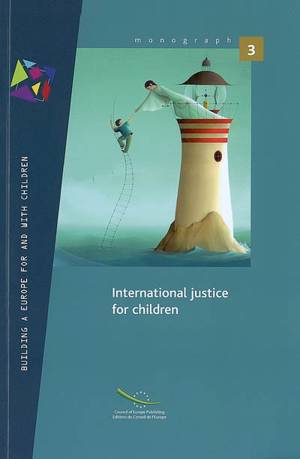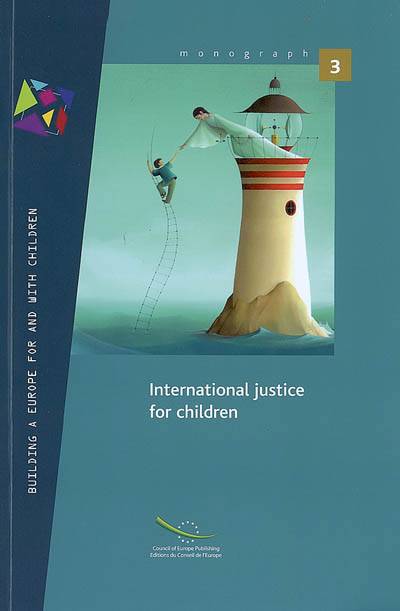
- Retrait gratuit dans votre magasin Club
- 7.000.000 titres dans notre catalogue
- Payer en toute sécurité
- Toujours un magasin près de chez vous
- Retrait gratuit dans votre magasin Club
- 7.000.0000 titres dans notre catalogue
- Payer en toute sécurité
- Toujours un magasin près de chez vous
Description
Children's rights have gained greater global visibility through the almost
universal ratification of the United Nations Convention on the Rights of
the Child. Treaty bodies for other international and regional instruments,
which cover the rights of "everyone", including children, are giving increasing
attention to children's rights. In the same vein, human rights mechanisms,
including regional ones such as the European Court of Human
Rights, the European Committee of Social Rights and the Inter-American
Commission and Court, have become more sensitive to children's rights.
With this increasing visibility comes the recognition that children in every
country of the world suffer widespread and often severe breaches of the
full range of their rights - civil, political, economic, social and cultural. In
many cases, children do not have adequate or realistic remedies for
breaches of their rights at national level. Seeking remedy through international
and regional human rights mechanisms, though on the
increase, is not well-developed.
International justice for children discusses the principles of child-friendly
justice at international level and examines monitoring mechanisms and
current systems of admissibility, determining how easy or difficult it is for
children to gain access to them. This publication also identifies the obstacles to
be overcome and proposes concrete ways to remove them through
specific recommendations to governments, international organisations
and monitoring bodies.
This work is a solid contribution to making international justice accessible,
friendly and meaningful to children, thus ensuring that children's
rights safeguarded by conventions are concrete and not just theoretical.
Spécifications
Parties prenantes
- Auteur(s) :
- Editeur:
Contenu
- Nombre de pages :
- 154
- Langue:
- Anglais
Caractéristiques
- EAN:
- 9789287165343
- Date de parution :
- 26-01-09
- Format:
- Livre broché
- Dimensions :
- 160 mm x 240 mm

Les avis
Nous publions uniquement les avis qui respectent les conditions requises. Consultez nos conditions pour les avis.






